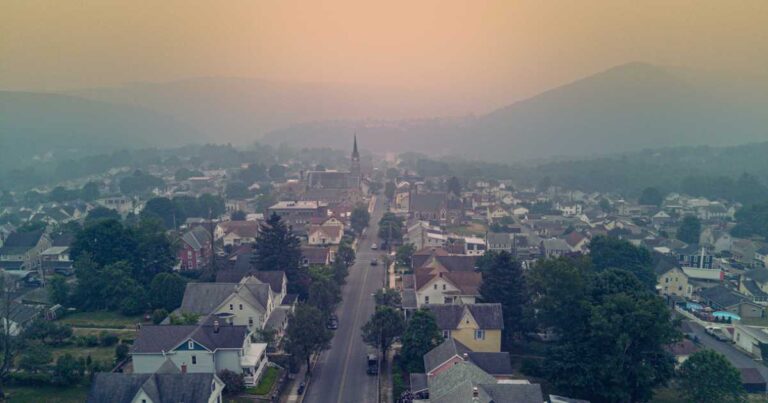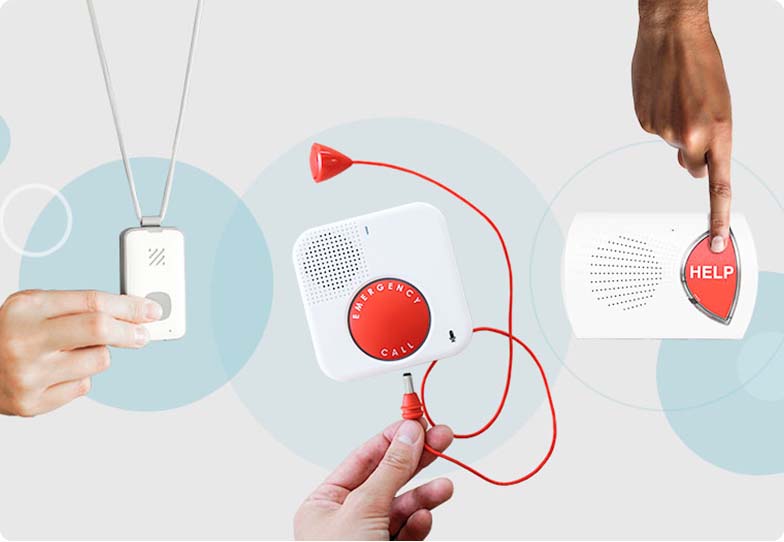In honor of Air Quality Awareness Week, we wanted to share some key findings from the American Lung Association's 25th annual State of the Air report. Air Quality Awareness Week is the perfect time to revisit the environmental and health challenges that poor air quality poses to our communities.
This year's "Knowing Your Air" theme perfectly fits our mission to help everyone create safer communities. So buckle in for some eye-opening facts and actionable steps we can take to improve air quality.




